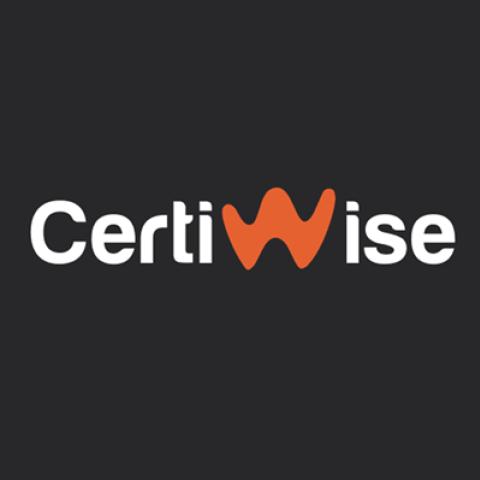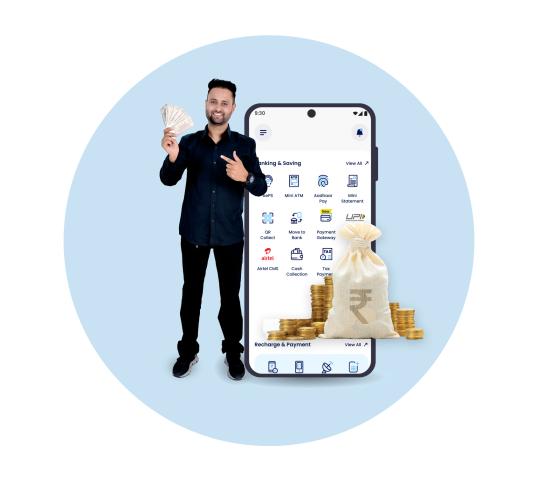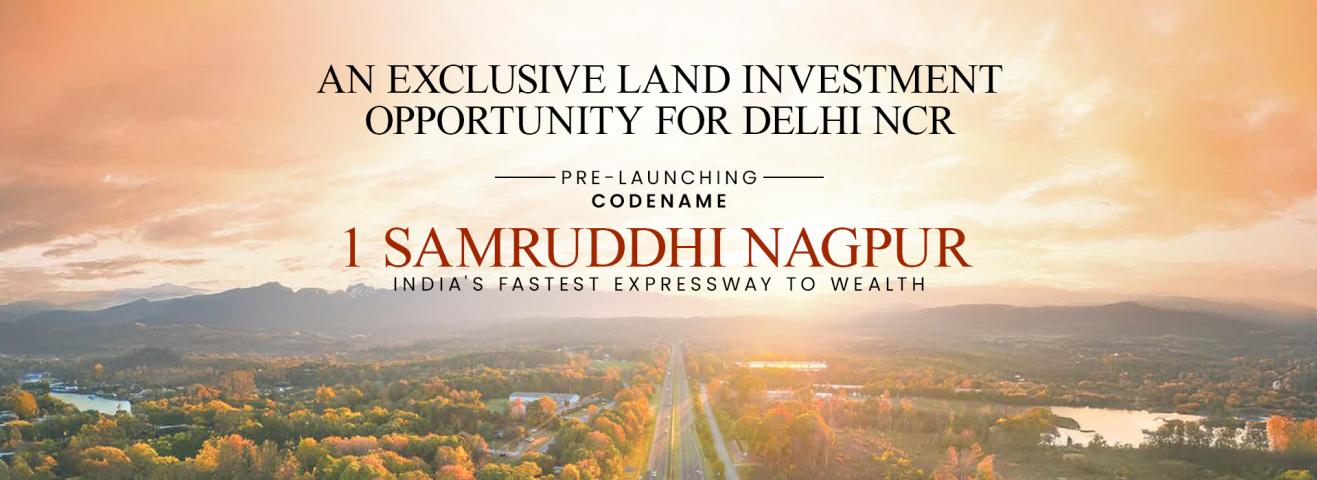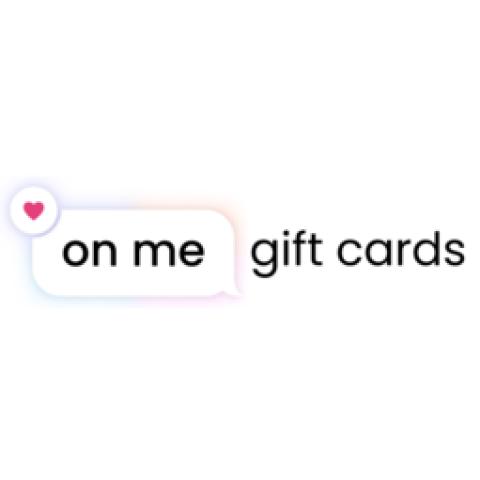The rise of digital music
distribution has redefined the way artists release and share their
work. However, while this offers significant opportunities, emerging artists
encounter a myriad of challenges. This article delves into the barriers
and opportunities for new artists in this evolving setting, providing an
in-depth analysis of the obstacles they face and the possibilities that exist
to overcome them.
1.
The Saturation of Digital Platforms
One of the primary challenges faced
by new artists is the sheer volume of content available online. Digital
platforms such as Spotify,
YouTube, Apple Music, and social media are flooded with new releases every day.
With millions of tracks uploaded annually, discoverability becomes a
major hurdle.
The
Algorithm Barrier
The majority of digital platforms
rely on algorithms to surface content to users. These algorithms tend to favor
artists who already have an established fan base, making it difficult for
emerging talents to break through. As these platforms are designed to
prioritize content that garners significant attention, new artists often
get lost in the shuffle.
Opportunity: Artists can leverage data analytics to better
understand how to engage with their audience. By identifying what types of
content are gaining traction, they can fine-tune their approach to better align
with platform algorithms, thereby increasing visibility.
2.
Financial Constraints
Starting a career in the arts can be
financially draining. Traditional methods of music distribution required
physical production costs, but digital distribution comes with its own set of
expenses. From paying for promotions on platforms to creating high-quality
content, emerging artists often struggle to finance their careers,
leading to limited resources for effective marketing.
The
Cost of Digital Promotion
While social media and
streaming platforms offer free avenues to upload content, achieving significant
visibility often requires a budget for ads and promotions. New artists may find
themselves investing in paid services such as playlist placements, social media
ads, and even influencer collaborations. Without sufficient financial backing,
emerging talents struggle to compete with well-funded peers.
Opportunity: Crowdfunding platforms such as Kickstarter and
Patreon provide emerging artists with the means to raise funds directly from
their fans. Additionally, artists can explore collaborative opportunities
with brands or fellow creators to reduce costs while still reaching a wider
audience.
3.
Navigating Intellectual Property Rights
For many emerging artists,
intellectual property (IP) protection is a daunting challenge. In the digital
age, where content can be easily shared, pirated, or misappropriated,
safeguarding creative works is a major concern.
The
Complexity of Copyright Laws
Copyright laws can be confusing,
especially for artists new to the music industry. Many are unaware of how to
protect their music, artwork, or other creations, which leaves them vulnerable
to infringement. Additionally, the process of registering for copyright
protection can be costly and time-consuming, further complicating the matter
for those who are financially strapped.
Opportunity: Emerging artists should familiarize themselves with
platforms like Creative Commons and understand the nuances of licensing.
By establishing clear terms of usage for their content, they can retain control
over their work while allowing it to be shared under specific conditions.
4.
Building and Maintaining an Audience
In the age of digital media, having
a fan base is crucial for success. However, building and maintaining an
audience is one of the most challenging aspects for new artists. With so
many entertainment options vying for consumers' attention, it’s difficult to
consistently attract and retain a loyal following.
The
Role of Engagement
While creating high-quality content
is essential, consistent engagement with fans is equally important. Emerging
artists must actively interact with their audience on social media, live
streams, and through personal messaging. However, managing this level of
engagement is time-consuming and requires a certain degree of strategic
planning.
Opportunity: Tools like email marketing, exclusive content,
and fan loyalty programs allow artists to foster deeper connections with
their audience. Regular updates, behind-the-scenes content, and direct
communication help to build a more personal relationship, encouraging long-term
fan support.
5.
The Shift Towards Independent Distribution
The days of relying solely on record
labels for distribution are long gone. Emerging artists are increasingly
adopting independent music distribution
methods, thanks to platforms like TuneCore, CD Baby, and DistroKid. While this
offers greater creative freedom, it also presents challenges in terms of self-management
and marketing.
Challenges
of Independence
Independent artists are responsible
for their own branding, marketing, and distribution strategies. Without the
support of a label, this requires a steep learning curve and can result in
burnout as artists juggle multiple roles. Moreover, independent artists may
lack the networking opportunities that major label artists enjoy, further
complicating their path to widespread recognition.
Opportunity: Independent artists can use social media influencers
and niche communities to reach their audience. By focusing on targeted
marketing strategies, artists can connect with dedicated fans and carve out a
space for themselves without the need for major label backing.
6.
The Importance of Visual Branding
In the digital age, an artist's visual
identity is just as important as their music. With the rise of platforms
like Instagram, TikTok, and YouTube, visual content has become a key
driver of audience engagement. Emerging artists often face challenges in
creating a cohesive and appealing visual brand, especially when competing
against professionals with larger budgets.
The
Need for High-Quality Content
Creating visually appealing content
is no longer optional—it's a necessity. Whether it’s a music video, album
cover, or social media post, artists must produce content that resonates
visually with their audience. For those without access to professional
photographers, videographers, or graphic designers, this can be an overwhelming
task.
Opportunity: There are numerous free or affordable tools like Canva
or InShot that enable artists to create professional-quality visuals.
Additionally, collaborating with aspiring visual artists can lead to mutual
benefits, where both parties can help each other grow.
7.
Navigating the Streaming Revenue Model
While digital platforms provide broad
access to listeners, they often do not provide adequate financial compensation.
Many emerging artists find themselves disillusioned by the low payouts
from streaming services like Spotify and YouTube. As they struggle to monetize
their work, this can lead to frustration and financial strain.
Understanding
Streaming Royalties
Streaming services pay artists based
on the number of plays their tracks receive, but the revenue per stream is
typically very low. For emerging artists, this means that even a decent
number of streams may not result in substantial income. Compounded by the high
competition for listeners, many find themselves relying on secondary income
sources.
Opportunity: Artists can maximize their revenue streams by diversifying
their platforms. Selling merchandise, offering exclusive content on Patreon,
or licensing their music for commercial use can provide additional
income and create more financial stability.
Conclusion
Navigating the best digital
music distribution service setting is filled with both barriers
and opportunities for emerging artists. While the sheer volume of
competition, financial constraints, and the complexity of managing intellectual
property rights can be overwhelming, the evolving digital environment also
presents unique avenues for growth. By leveraging crowdfunding, understanding
platform algorithms, and cultivating a strong visual brand, new artists can
successfully carve out a space in the industry and build a sustainable career.












